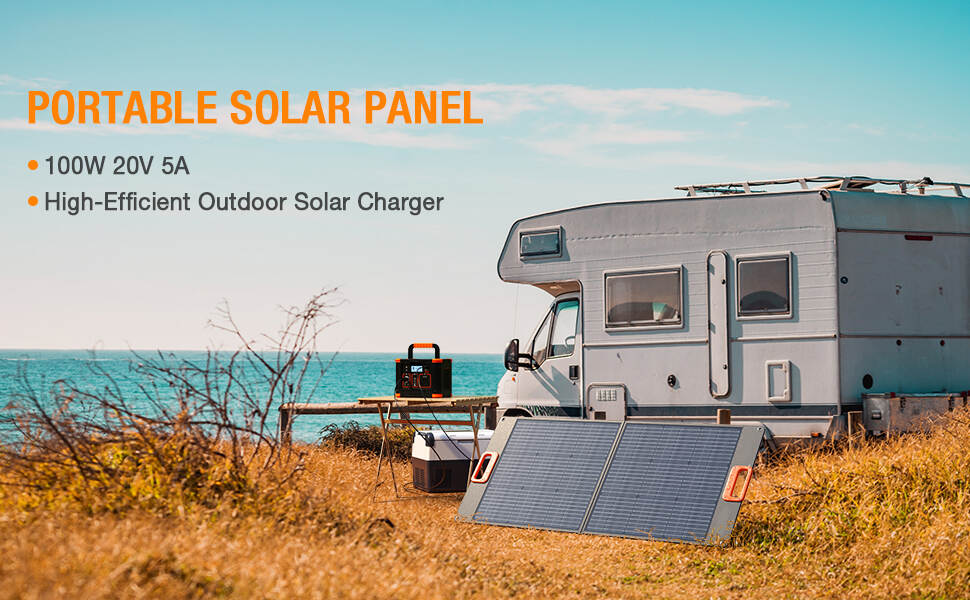Email format error
Email cannot be empty
Email already exists
6-20 characters(letters plus numbers only)
The password is inconsistent
Email format error
Email cannot be empty
Email does not exist
6-20 characters(letters plus numbers only)
The password is inconsistent


The portable power bank installs the battery on the trolley, which has the characteristics of flexible movement, which can not only reduce the operation and maintenance cost, but also realize the rational use of idle resources. After the portable power bank cells are disassembled, waste can be turned into treasures, and they can be used for secondary use in charging treasures, low-speed power vehicles, etc., to improve resource utilization, and to practice the concept of environmental protection and energy saving. At present, the portable power bank with relatively mature technology adopts lithium iron phosphate battery, which has 5 advantages compared with lead-acid battery.
The lithium iron phosphate battery cell can be made into 5 Ah ~ 1 000 Ah, and the lead-acid battery 2V cell is usually 100 Ah ~ 150 Ah, and the variation range is small.
The volume of the lithium iron phosphate battery of the same capacity is 2/3 of the volume of the lead-acid battery, and the weight is 1/3 of the latter.
The starting current of lithium iron phosphate battery can reach 2 C, which can realize high-rate charging; the current requirement of lead-acid battery is generally between 0.1 and 0.2 C, which cannot achieve fast charging performance.
Lead-acid batteries contain a large amount of heavy metal lead, which will produce waste liquid when discarded. Lithium iron phosphate batteries do not contain any heavy metals and are pollution-free during production and use.
Although lead-acid batteries are cheaper than lithium iron phosphate batteries because of their cheap materials, the purchase cost is lower than that of lithium iron phosphate batteries, but the economy of service life and routine maintenance is lower than that of lithium iron phosphate batteries. The "long-life" lead-acid batteries can only be charged and discharged about 500 times, while the service life of lithium iron phosphate batteries is as high as 3,000 times of charge and discharge, about 6,000 hours, and the cost performance is more than 4 times that of lead-acid batteries. The portable power bank has a built-in inverter and rectifier, which can be charged by mains AC or new energy DC, and can output stable AC and DC voltages to provide uninterrupted mobile lighting. The battery box has a built-in BMS battery management system and GPRS positioning system to prevent battery overcharge and overdischarge. The system uses 5G NB-IOT narrowband Internet of Things technology to upload data, and can easily realize current monitoring, voltage monitoring, location monitoring, Temperature monitoring, charging management, fault diagnosis and other functions, realize the remote monitoring of portable power bank in the smart grid.